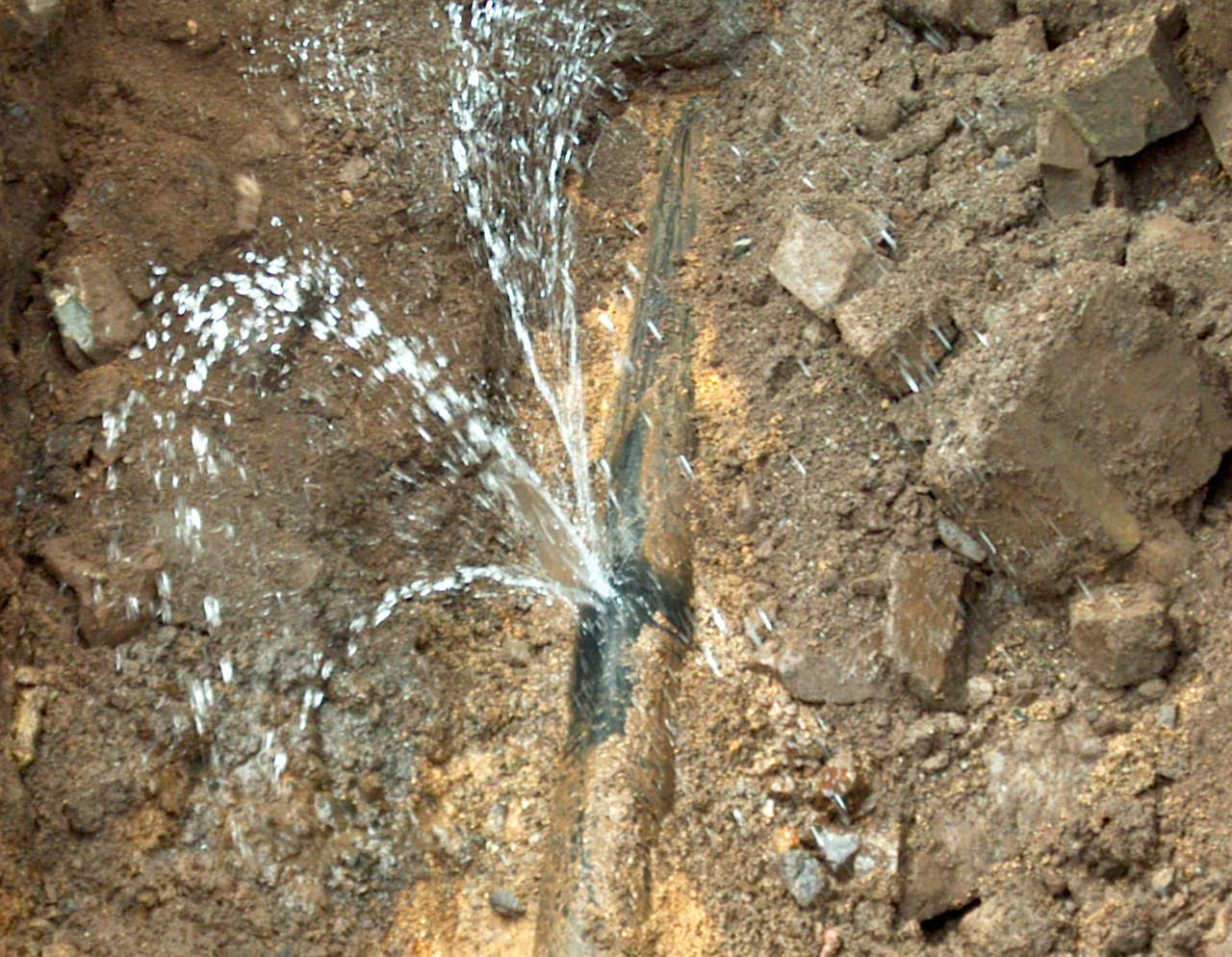This is the second part of our mini-series on correlation. You can refresh the basics in our blog post The Principle of Correlation.
Leakage outside the measuring section
If there is a leak outside the measuring section, the noise must always pass through the entire measuring section. It does not matter how far outside of the measuring section the leak is. If the sound velocity V is entered correctly, the result will always be L = 0. This means that the peak is displayed directly on the valve. In this case we do not know whether the noise source (leak) is really the valve or whether the position is further outside the measuring section. The common practice is to change the measuring section so that the valve with the noise indicator is within the new measuring section and to start a new correlation.
Note: In such a situation we always have the possibility to check if the used and applied sound velocity V is correct. If the noise source is not within the measuring section, the peak must always be exactly on the valve. Today, all correlators usually offer the function for measuring the velocity of sound!
Leakage at an outgoing water pipe
If there is a leak on an outgoing pipe, the connection to the measuring section (T-piece) is always displayed as the location of the leak. The distance between the leak and the connection point is irrelevant. In this case, one of the two microphones must be connected to the outgoing line and the correlation restarted. Which one of the microphones we have to relocate, we will have to try.
Moving the red microphone (move contact A to contact C) has a greater influence on sound velocity errors, since the leak does not really move to the middle. We must therefore move the blue microphone (move contact B to contact C) in order to get the noise source as close as possible to the middle of the new measurement section. Why is this important?
Sound velocity error
Often the speed of sound occurring in the network is not known or only approximately known. Errors in the velocity of sound are relevant if they are multiplied by relatively large values of the time delay. The time delay is the time difference for the sound to reach microphone A and B (also explained in video 1). If the noise source is exactly in the middle between the microphones, the time difference is zero. The further the noise source moves from the center towards one of the microphones, the greater the time difference becomes. Therefore, we always try to correlate the noise source as centrically as possible between the microphones. In practice, however, this is often not possible because the noise is not always sufficiently strong and can be perceived over several valves and a large distance.
How do we check that we are using the correct sound velocity?
It is common practice to confirm a correlated leak position by measuring with a ground microphone. This is particularly recommended if the pipe network information about the material and the nominal diameter is uncertain. If the correlation is carried out with incorrect input values, the result will also be incorrect.
Good practice: As a user, simply change the pipe dimension or the material of the pipeline and compare the new results of this measurement with the previous ones. How big are the differences in the measurement results? Would these be tolerable?

